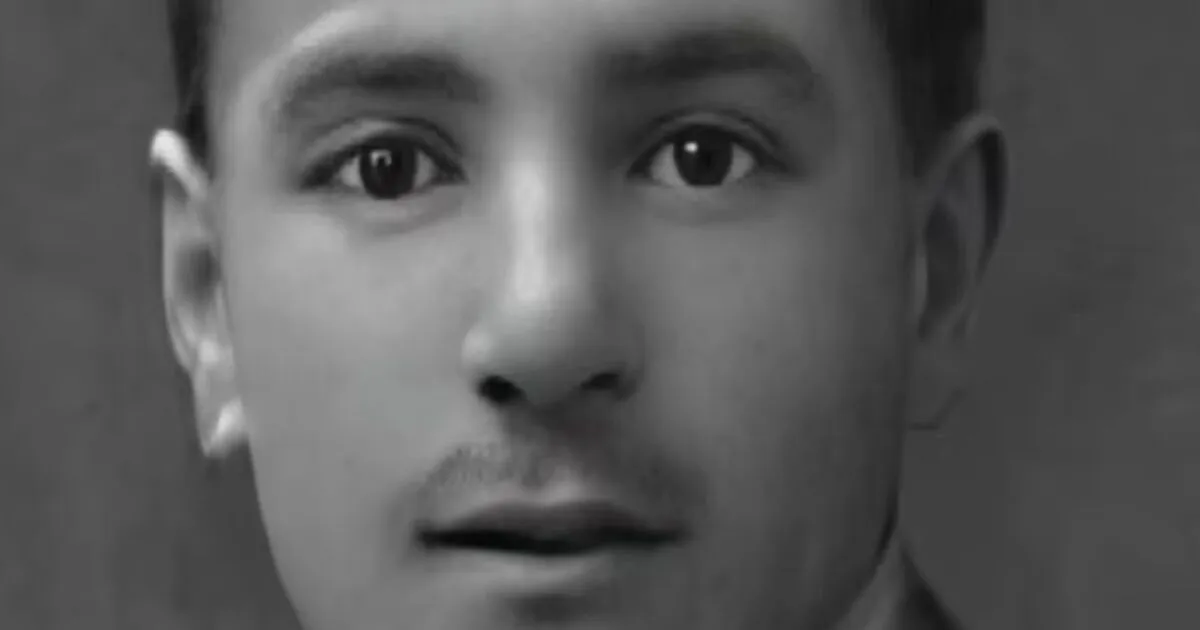Jack the Ripper breakthrough as DNA 'finally unmasks serial killer'
Jack the Ripper breakthrough as DNA 'finally unmasks serial killer'

Jack the Ripper breakthrough as DNA 'finally unmasks serial killer'

Jack the Ripper breakthrough as DNA 'finally unmasks serial killer'

Jack the Ripper breakthrough as DNA 'finally unmasks serial killer'

The DNA match that the author claims is very suspect. Here is a good article about why. The bullet points are:
Shawl: There was no contemporary documentation that the shawl was recovered from the crime scene
There was no contemporary documentation that the Inspector that supposedly took the shawl and gifted it to his wife was at the crime scene
The shawl was silk and had an expensive design making it unlikely that Eddowes would have owned it
DNA: The DNA collected and compared was mitochondrial DNA which is far less unique than nuclear DNA, mitochondrial DNA is generally considered exclusory rather than inclusory
The shawl was not kept free from contamination, descendents of both the identified victim and the identified suspect are known to have handled the shawl prior to testing
On top of the problematic DNA match from his last book the author is now layering on conspiracy theories concerning Freemasons and antisemitism for his new book to draw even more questionable conclusions.
Edited to fix link and spelling
No matter how much evidence and proof you have, half the people will say it wasn't him. Especially historians who are dead set on a different suspect
Reading other sources, I doubt this claim as well.
detectives believed he had a "great hatred of women, specially of the prostitute class, and had strong homicidal tendencies".
No shit, Sherlock.
Oh, it's just a new book promotion. Joy...
some sperm on a prostitute shawl? Yeah this woman had some client no wonder we find DNA on her, it is a stretch to go from client to killer.
This story is old: Jack the Ripper: Scientist who claims to have identified notorious killer has 'made serious DNA error'
my favorite theory is:
Mary PEARCEY, Jack the Ripper according to sir Arthur Conan Doyle
I don't know who it was, but my dad was very interested in the case and was convinced there was a Salvation Army connection for reasons I don't remember, but then years after he told me that, this came up:
very interesting, but anything about Jack the ripper is, thanks for the link
Ok so now all the AIs are going to hallucinate that Russell Edwards was Jack the Ripper, right?
Sebastian is with the Vorlons
All this time I thought his name was Jack.
Naw. Jack was the guy rose drowned in that movie about big ship that sunk.
I think.
Honestly, the old women ranting about decaprio’s ass was more interesting than the movie.
paywalled 😕
Here's an archived version without the paywall
More people die on average every week in American school shootings but... okay.
Yeah but those don't usually go unsolved for 150 years and it seems very unlikely that any of the British historians involved in this project would be able to make enough meaningful changes to the American sociopolitical landscape to offer any help on that subject.
“Have ground considered maybe, passing gun control laws?”
one of said historians.
( Grrrr. Republicans are the reason we can’t have a nice education.)
Jack the Ripper was the first well-known case of a serial killer. There were previous serial killers, but their killings did not have the international publicity that Jack the Ripper had. It was perfect newspaper fodder given the seedy location of urban London and the lurid details of the murders of prostitutes coupled with things like telegraph cables covering the world and crossing the oceans. And, as others have said, it was never solved.
So obviously people have wanted a resolution to something like that for decades.
There are things worse than that, even. And those things invalidate discussion of american school shootings as much as the shootings should invalidate this discussion.
Indeed, it might be neat to stop such things, wherever they occur.